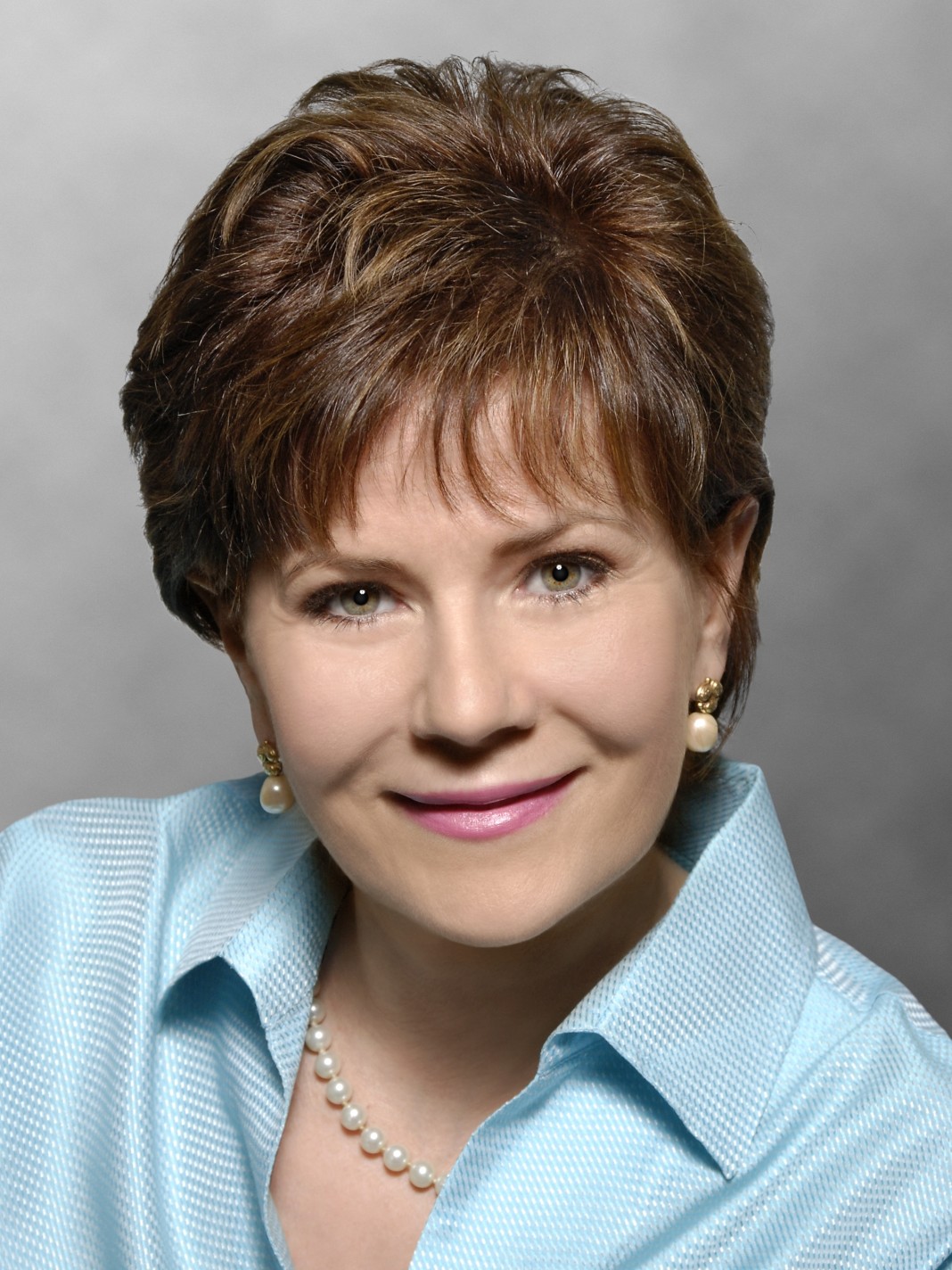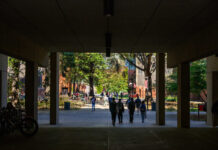
On July 20, Hildreth will receive the Distinguished Service Award from the Campus Safety, Health and Environmental Management Association (CSHEMA), the nation’s largest organization of campus environmental health and safety professionals.
She talked to UofL Today recently about the ins and outs of working for more than 26 years to keep the university safe, healthy and environmentally friendly.
What was it like here in terms of environmental health and safety when you first started the job?
We were behind on all fronts. When I went around campus to check on things, I found leaking drums and explosives in closets all over the place. We had leaking underground storage tanks, a malfunctioning pathological waste incinerator and damaged asbestos. We had poor chemical ventilation in some research labs and a lack of eyewashes, showers and other critical safety equipment in others. We had no comprehensive program in place to address these concerns.
How did you go about making things safer?
My original plan was to set up a hazardous materials management program at UofL and move on. Two years after I started at UofL, I had a chance to go to work for the pharmaceutical industry but there was still so much to be done here that I didn’t want to leave. So I secured funding for research safety equipment. I created the university’s first biohazards committee and a committee on recombinant DNA safety. The committees were important because I learned early on that you shouldn’t try to run a police-state operation. People respond to change much better when they’re working with their peers.
Besides setting up standing committees, what did you do to make people at UofL better appreciate the need for environmental health and safety?
The number of federal regulations in the area was–and continues to be–overwhelming. So we did a series of manuals to help people understand the rules. Now we have manuals for lab safety, biosafety and OSHA safety. We have guidelines for people who handle animals and who use radioactive materials. We’ve put most of this information on our website so people can get to it easily.
We’ve also had some highly visible situations that have drawn attention to the need for safety. In the late 1980s we discovered a huge dry-cleaning tank on the site of a new building we were constructing. People in moon suits did the cleanup, and it was all over the news. Then we found a radioactive waste incinerator at the Health Sciences Campus that never operated and had to be abandoned. In another incident, we found some dangerously explosive chemicals in the Chemistry Building. We had to bring in robotic equipment and close Eastern Parkway to deal with that situation. And once we found enough plutonium on campus to make about one-fourth of a nuclear bomb. A physics professor had obtained it from the Department of Energy. Needless to say, we had to deal with that problem quickly and safely.
How closely do you work with researchers?
More than 80 percent of what my department does supports research. I’ve studied biology, chemistry and psychology and I’ve worked in a research lab. I think I relate pretty well to researchers and I’m very interested in their research. I try to strike a balance between keeping the university safe and respecting the needs of individual researchers.
What are the toughest challenges you’ve taken on as UofL’s environmental health and safety chief?
Without question, the planning, design and construction of Papa John’s Cardinal Stadium was one of the most complicated projects I’ve ever taken part in at UofL. It was a full-time job for me and my consultants for two years. The stadium was built on a 90-acre site that had been a railroad yard for nearly a century. The site tested positive for more than 40 toxic chemicals. I learned at an Environmental Protection Agency brownfields conference that most contaminated sites need to be cleaned up before construction starts, but there was tremendous pressure to get the stadium built and open as quickly as possible. We ended up capping off the site with pavement and dirt to seal in the contamination. That kept us from having to do a lengthy, multimillion dollar cleanup. Our design innovation and the aggressive measures we took to protect workers earned a Phoenix Award in 1999 as the best overall brownfield redevelopment in the country.
If you could name something that’s helped you do your job more than anything else, what would it be?
I’d have to say two things, really. First, I’ve always been a strong believer in networking. I think you should seek out the experts and find out what they have to say before you try to reinvent the wheel. I was networking on the telephone long before the Internet. I’ve had a lot of very talented people helping me along the way, colleagues who were willing to share everything they knew. I gained from this so much that I wanted to give something back, so I got involved in my professional association, CSHEMA. I’ve attended its conferences for 24 years, chaired its membership and government relations committees, founded a director’s roundtable and served as its president in 2007-08. I also led an effort to reshape CSHEMA from a division of the National Safety Council into its own independent association.
Second, I’m grateful for the support I’ve received from UofL Vice President Larry Owsley. He helped me build this department from the ground up. He had to make difficult choices to advocate for environmental health and safety resources over other pressing needs.
What do you think the future holds for your profession?
Change. This job is never dull because you’re always looking out for new things. We’ll soon be operating a new regional biosafety research lab on our Shelby Campus. There are a lot more radiation cancer therapies now than there used to be, so radiation safety is getting more complex. Scientists are working more frequently with closely regulated substances such as genetic materials, biological agents and toxins. And, we’re keeping an eye on nanotechnology, an emerging science whose risks are not yet fully known.


























